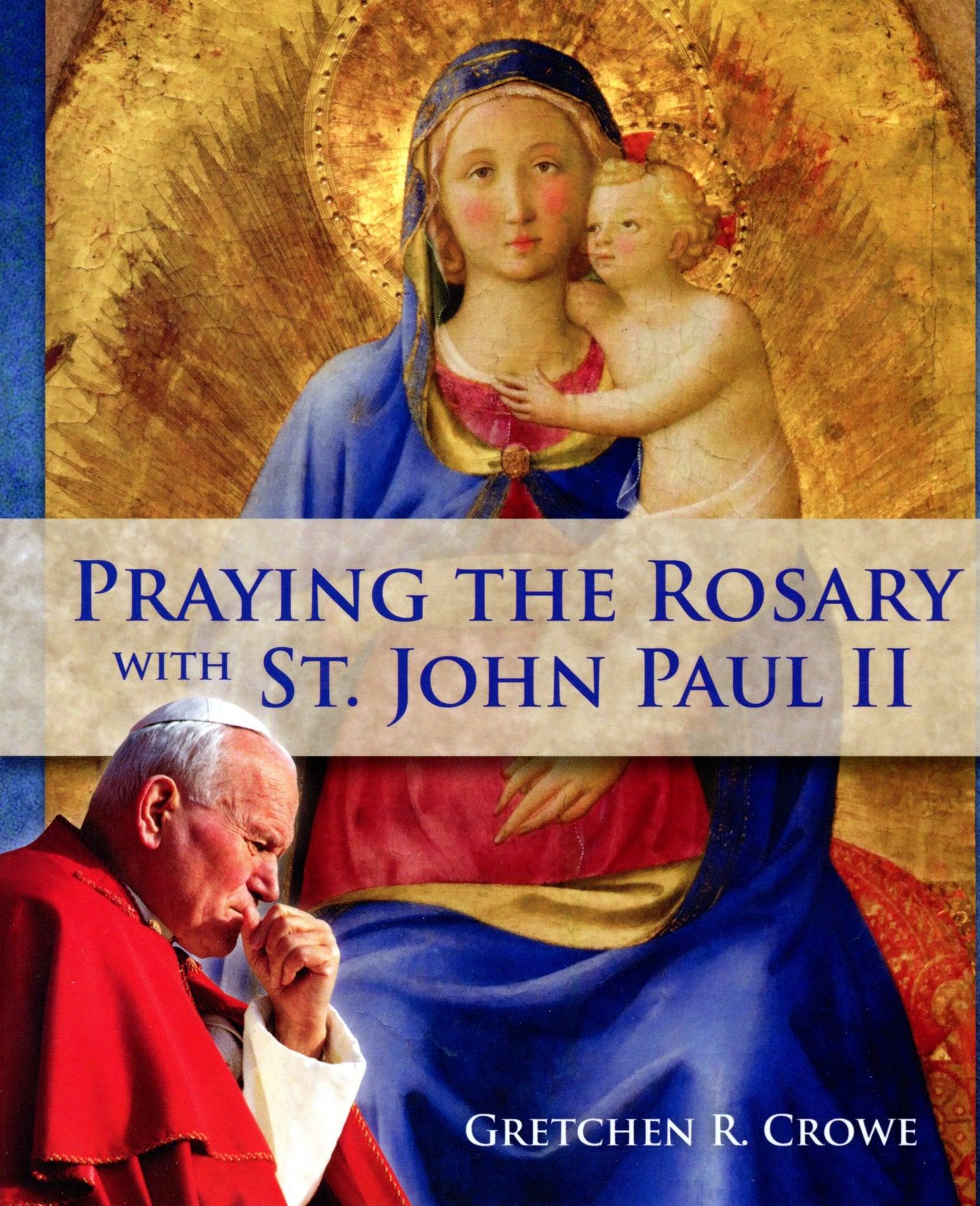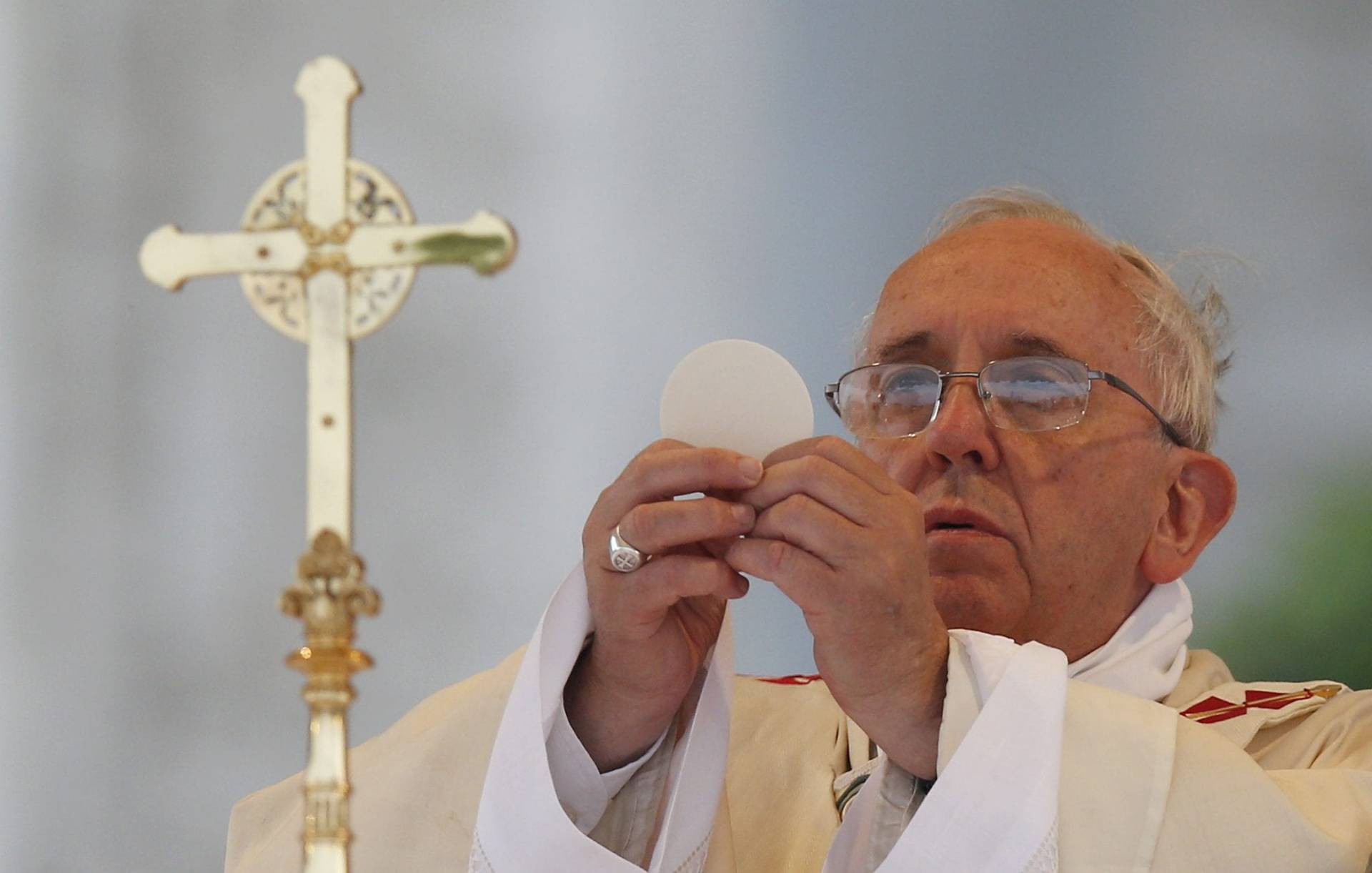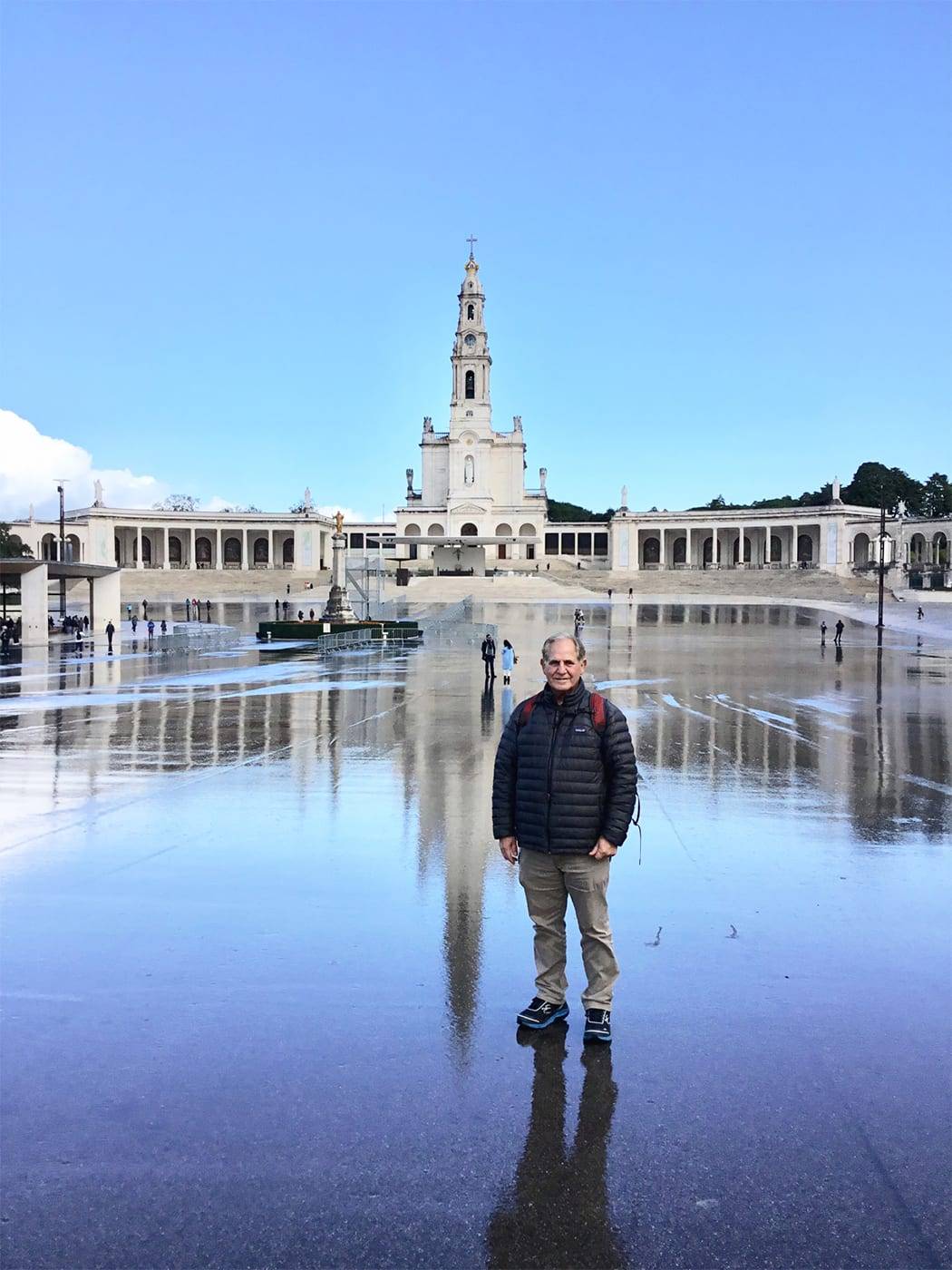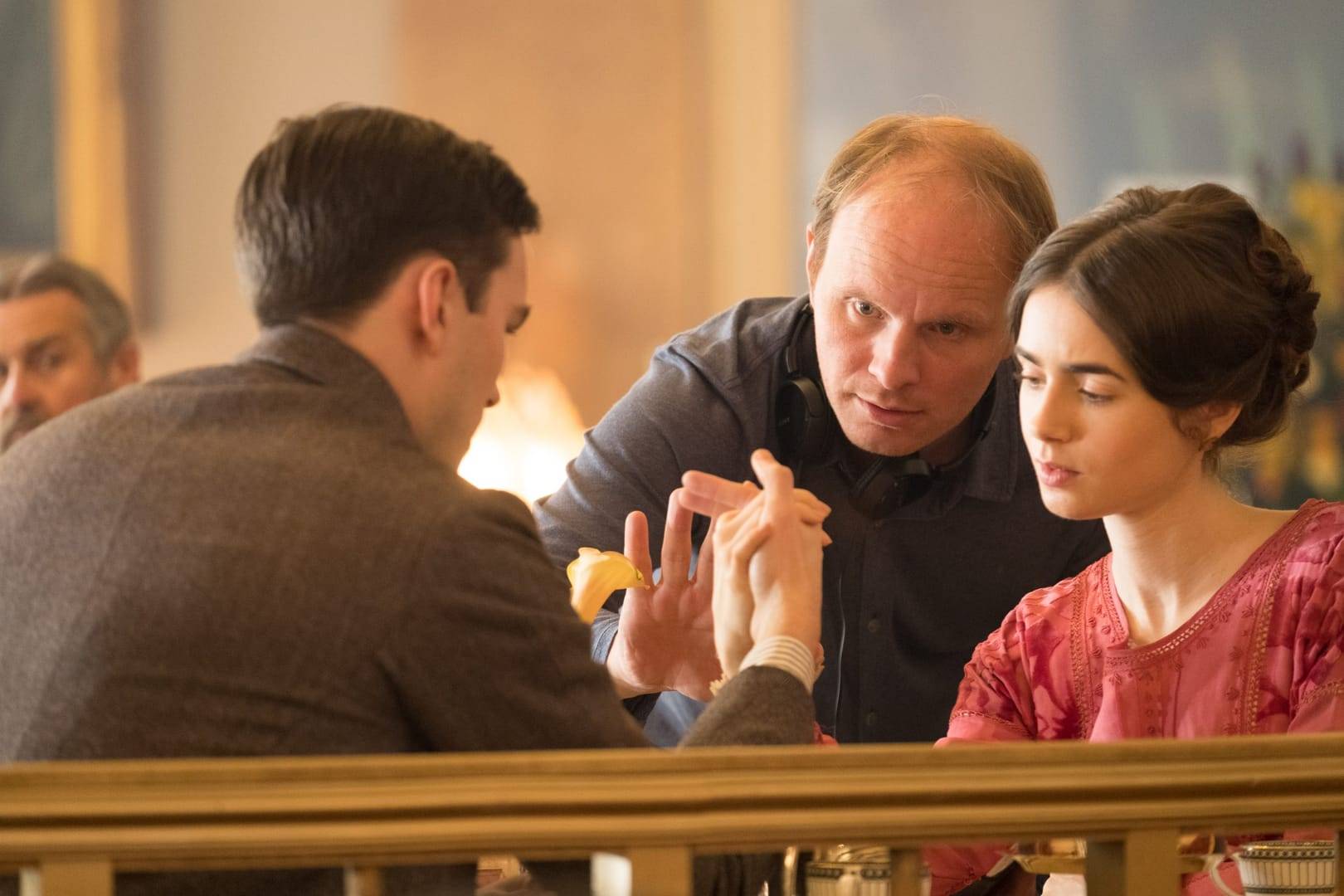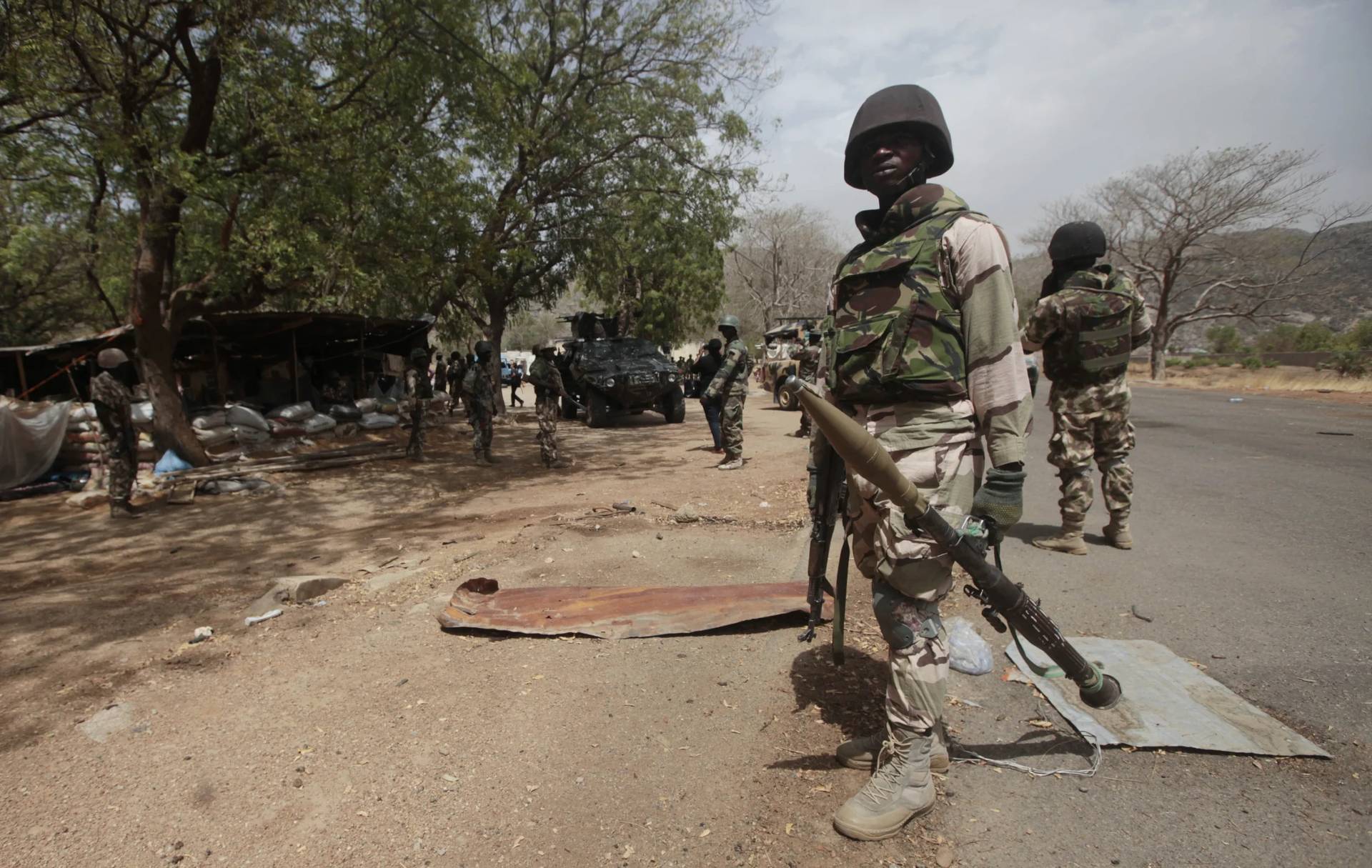Mormon/Catholic dialogue.
Say what?
That’s right: Mormons and Catholics, members of the Church of Jesus Christ of Latter Day Saints and Roman Catholics.
Talking. And listening to each other.
It can be done.
This summer I traveled to Salt Lake City to give a lecture at the invitation of the Sunstone Educational Foundation. In addition to publishing a highly regarded magazine, Sunstone sponsors a yearly symposium that welcomes a wide range of speakers including liberal, conservative, and excommunicated Mormons, as well as someone like me, a Roman Catholic who sometimes writes about Mormonism. This year’s Sunstone theme was “building bridges,” and I spoke about building bridges between Mormonism and Catholicism.
Everyone at Sunstone was well aware that the Catholic and the LDS churches do share some general similarities:
- Both churches have male priesthoods that preside over complex ritual systems, whether sacraments in Catholicism or ordinances in Mormonism
- Mormons and Catholics have a religious leader — a Prophet and a Pope, respectively — who are considered to be inspired under certain specific conditions
- Mormonism and Catholicism each claim to be the true Church established by Jesus Christ
In recent years, what has passed for Mormon/Catholic dialogue is a shared strategy of protest and agitation, surrounding Proposition 8 in California (invalidating same-sex marriage) or the HHS contraception mandate, as well as religious liberty issues more generally.
But although Mormons and Catholics both have a tendency to feel besieged by the surrounding secular culture, they have much more to talk about than conventional conservative politics.
Here are some of the issues Mormons and Catholics could fruitfully explore together.
The future of the family
For Mormons, the family is the central unit of salvation. Couples that are sealed “for time and all eternity” can progress eternally after death. Even though, unlike Mormonism, the Catholic Church values celibacy as a permanent state, the family does have a central place in Catholic understandings of the natural order. Most recently, Pope Francis has argued that the family represents “the foundation of coexistence and remedy against social fragmentation.”
Given their shared commitment to the family, Mormons and Catholics could ask difficult questions considering whether our society, which prizes job-ready mobility, offers the stability necessary for families not only to prosper but, in some cases, simply to survive. Underlying all of this, of course, is the question about what are the proper limits of governmental action in favor of families and what are our own obligations as people — individually and collectively — to ensure that our own families are truly nurturing and loving.
Protecting creation
Mormonism often speaks of creation having a spirit, and that every aspect of creation is entitled to happiness in its own sphere of existence. The Book of Moses, in Mormonism’s Pearl of Great Price (a book of scripture), speaks of the earth, asking, “When shall I rest, and be cleansed from the filthiness which is gone forth out of me?” One striking aspect of the Sunstone Symposium was the number of speakers who explicitly argued that addressing climate change was a pressing religious obligation.
This position resonates with the writings of Pope Benedict XVI that re-emphasized Catholic concern for creation by specifically addressing how protecting the environment is a key to peace. Mormons and Catholics have plenty of space to go green together.
Taking care of one another
Mormons are known for having a particularly strong communal identity. The typical Mormon ward is far more structured than a typical Catholic parish. Some Mormons at the Sunstone Symposium lamented that there is not enough room for dissent in the LDS church and appreciated how, in their view, Catholicism better managed its own diversity.
But if closeness comes at a cost, it is also something that even dissenting Mormons recognize as being quite precious, indeed. At Sunstone symposium, I was particularly struck by a talk given by noted historian D. Michael Quinn, who was excommunicated by the LDS Church in 1993. Dr. Quinn spoke quite graciously about how participation in the LDS Church provides an important context for giving and self-sacrifice. In hearing this, I wondered how many Catholics would see their own parish in the same way.
After my talk at Sunstone, I was asked many polite questions about intersections between Mormon and Catholic beliefs and practices. But I was also very kindly ribbed on some issues. My favorite moment came when a woman asked me about nuns being brides of Christ. I said that nuns are, indeed, spiritually betrothed to Jesus. The woman smiled and said, “You mean it’s not a marriage in the full sense?” A friend at my side whispered with a smile, “she’s a polygamist” — as indeed she was.
I think that most Mormons and Catholics would agree that talking about Jesus as polygamist — spiritual or otherwise — would be a theological bridge to nowhere. But Mormon/Catholic bridges can be built. My Mormon friends and colleagues at Sunstone have shown me that.






